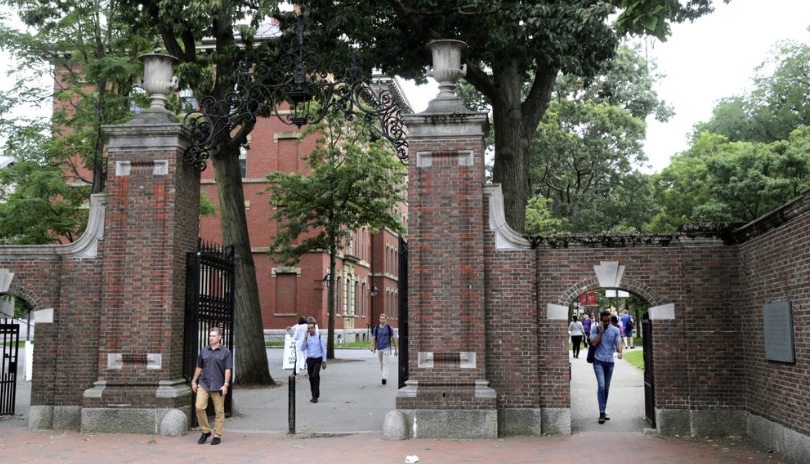
The next big fight over college admissions already has taken hold, and it centers on a different kind of minority group that gets a boost: children of alumni.
In the wake of a Supreme Court decision that strikes down affirmative action in admissions, colleges are coming under renewed pressure to put an end to legacy preferences — the practice of favoring applicants with family ties to alumni. Long seen as a perk for the white and wealthy, opponents say it’s no longer defensible in a world with no counterbalance in affirmative action.
President Joe Biden suggested colleges should rethink the practice after the court’s ruling, saying legacy preferences “expand privilege instead of opportunity.” Several Democrats in Congress demanded an end to the policy in light of the court’s decision to remove race from the admissions process. So did Republicans including Sen. Tim Scott of South Carolina, who is vying for the GOP presidential nomination.
For critics of legacy admissions, the renewed debate over fairness in admissions has offered a chance to swing public sentiment behind their cause.
As colleges across the U.S. pledge their commitment to diversity following the court’s ruling, activists have a simple response: prove it. If schools want to enroll more Black, Hispanic and Indigenous students, activists say, removing legacy preferences would be an easy first step.
“Now more than ever, there’s no justification for allowing this process to continue,” said Viet Nguyen, a graduate of Brown and Harvard who leads Ed Mobilizer, a nonprofit that has fought legacy preferences since 2018. “No other country in the world does legacy preferences. Now is a chance to catch up with the rest of the world.”
Using the Supreme Court decision as a catalyst, Nguyen’s group is rallying the alumni of top colleges to press their alma maters to end the practice. The goal is to get graduates of the 30 schools to withhold donations until the policy ends. The schools include Harvard and the University of North Carolina, which were at the center of the court case, along with the rest of the Ivy League and the University of Southern California.
It builds on other efforts taking aim at the practice. Colorado banned it at public universities in 2021, and lawmakers in Connecticut, Massachusetts and New York have introduced similar bills. In Congress, Rep. Jamaal Bowman of New York and Sen. Jeff Merkley of Oregon, both Democrats, are reviving legislation that would forbid it at all universities that accept federal money.
Secretary Miguel Cardona urged colleges to “ask themselves the tough questions,” adding that legacy admissions and other types of special treatment “have long denied well-qualified students of all backgrounds a level playing field.”
“In the wake of this ruling, they could further tip the scales against students who already have the cards stacked against them,” Cardona said in a statement to The Associated Press.
In the hazy world of college admissions, it’s unclear exactly which schools provide a legacy boost and how much it helps. In California, where state law requires schools to disclose the practice, USC reported that 14% of last year’s admitted students had family ties to alumni or donors. Stanford reported a similar rate.
At Harvard, which released years of records as part of the lawsuit that ended up before the Supreme Court, legacy students were eight times more likely to be admitted, and nearly 70% were white, researchers found.
An Associated Press survey of the nation’s most selective colleges last year found that legacy students in the freshman class ranged from 4% to 23%. At four schools — Notre Dame, USC, Cornell and Dartmouth — legacy students outnumbered Black students.
Supporters of the policy say it builds an alumni community and encourages donations. A 2022 study of an undisclosed college in the Northeast found that legacy students were more likely to make donations, but at a cost to diversity — the vast majority were white.
Some prestigious colleges have abandoned the policy in recent years, including Amherst College and Johns Hopkins University. In the first year after dropping it, Amherst saw its share of legacy students in the freshman class fall by about half, while 19% of first-year students were the first in their families to attend college, the most in the school’s history.




One comment
My Take
July 2, 2023 at 1:24 am
You have to admit a certain number of louts to fill the fraternity houses.
Comments are closed.